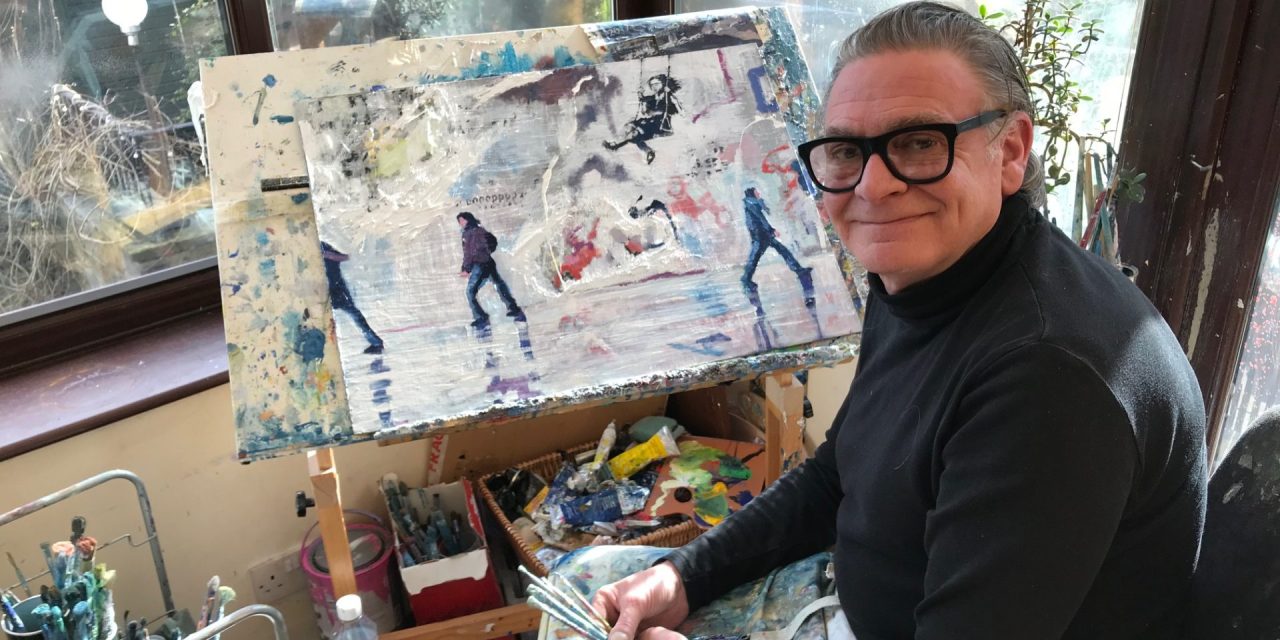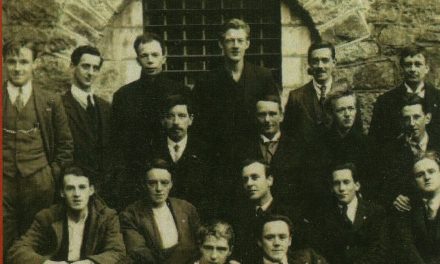Huddersfield’s Best Kept Secrets is a monthly feature kindly sponsored by entrepreneur and philanthropist Prof Graham Leslie CBE. To launch the series we meet Royal artist Richard Gower who reveals how he came to have a portrait of the Duke of Edinburgh in the Queen’s private collection.

He’s only earned his living from art for the last seven years but Richard Gower brings a lifetime of experience to his work.
Richard, 59, has been an artist all his life but it was only in his 50s that it became his full-time occupation.
He’s an impressionist in the style of Monet, Renoir and Pissarro but his own series of works – called Reflections – have been likened to a modern-day Lowry.
“I have studied art all my life and I am very respectful of it,” said Richard. “Sometimes my paintings work and sometimes they don’t. Art intrigues me.”
From his studio on the very outskirts of Huddersfield, Richard’s reach is growing. His reputation as a British contemporary artist to follow – and collect – is growing, and the prices of his work are said to be rising.
He is represented by London galleries, he takes bespoke commissions and he’s also got a solo exhibition coming up in Portugal.
Being commissioned to create artworks is a privilege Richard doesn’t take for granted. “I am quite humbled by it,” he said. “It’s fascinating to capture a moment in someone’s life.
“That’s usually taken from a photograph and then they choose me to capture that moment, their personality, their life in oils – forever. It’s phenomenal.”
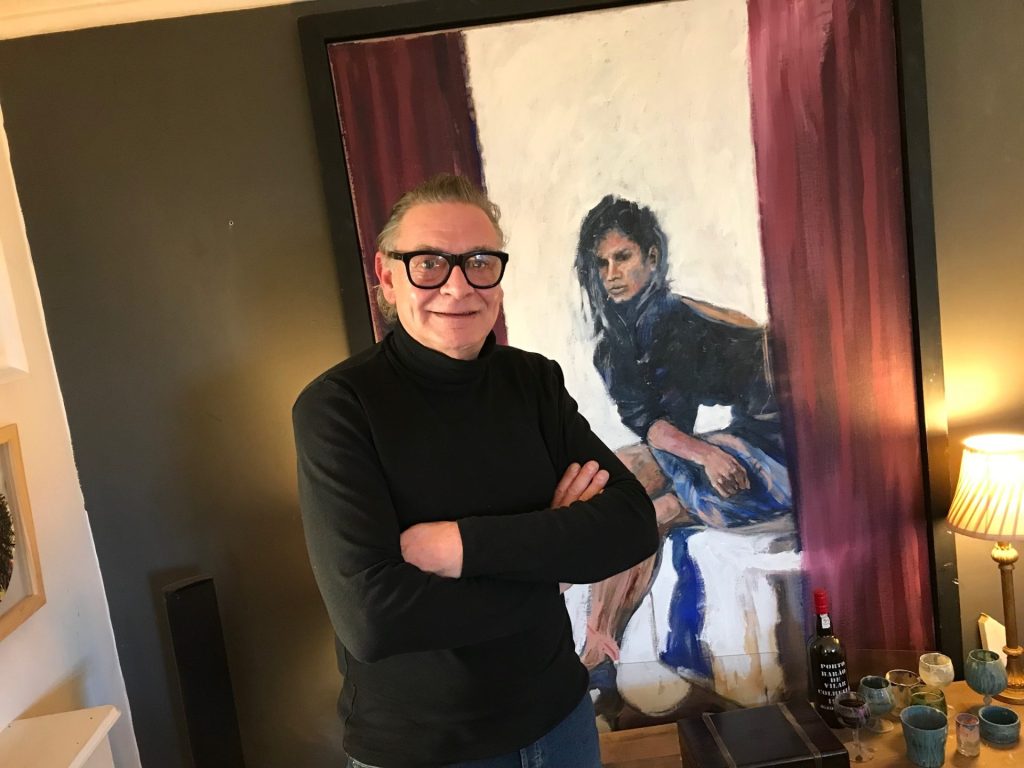
Richard is also a Royal artist. One of his paintings is in the Queen’s private collection and he delivered it to Buckingham Palace in person.
Usually, the Queen will only commission artwork for her collection so Richard’s painting – from a poignant photograph of the 96-year-old Duke of Edinburgh on his final solo Royal engagement in 2017 – could be the only non-commissioned work accepted into Her Majesty’s collection. That’s some accolade for any artist’s CV.
Richard originally painted the portrait for himself and, though photographs were taken, it’s not known how the painting came to the attention of the Royal household.
Richard, of course, offered to gift the painting to Her Majesty and received a letter from a lady-in-waiting inviting him to ring. He did so, and the lady-in-waiting told him the Queen and the Duke would love to accept the painting.
He could have had it delivered to the Palace but he decided to take it in person. Richard had the picture framed in a gold leaf art deco frame and took it to the Palace himself.
Richard almost failed to get past the armed police on the gate because he didn’t have any proper ID, other than a credit card, but eventually he was shown in to meet a lady-in-waiting who said the Queen would be “thrilled to bits” with the painting.
“I was only there a couple of minutes and I left,” recalled Richard. “I am very proud to have a work in the Royal collection.
“No disrespect to photographers but a painting has the artist’s heart and soul in it. It’s a feeling as well as an image.”
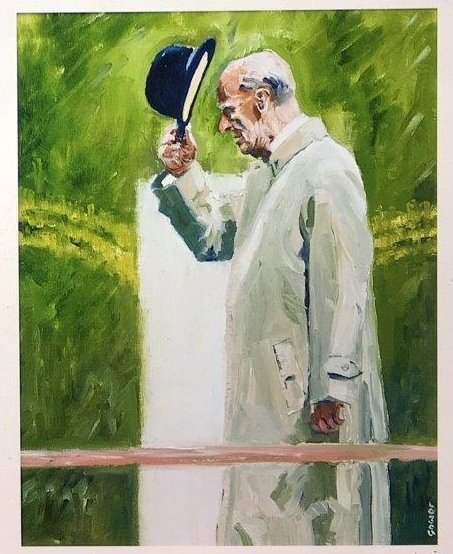

Richard describes himself as an ordinary Batley lad. He spent a year at Batley Art College studying fine art and sculpture in the 1980s but had to leave for financial reasons. He and a friend taught themselves by studying artworks and visiting galleries.
At the age of 23 he needed to get a job and got into print and design. He was an illustrator and designer and that became his career and a business.
He continued to paint for pleasure and sometimes profit and his close study – and passion for – the impressionists led him to produce copies of works by the likes of Monet and Picasso. To age the work he’d stain it with tea and cigarette ash.
“That’s not illegal, of course,” said Richard. “My paintings are ‘in the manner of’ and it’s only illegal if you are passing off the work as an original.”
Richard’s signature work is his Reflections series, which tend to be figures or a scene. A moment in time captured on canvas.
Reflections can be reflections in water, reflections on life or the reflection of personalities. The figures, created with quick brushstrokes, pull you into the scene. What are they thinking? Where are they going?
The success of an exhibition in Leeds and changes in the design industry led Richard to handing over his clients and becoming a full-time artist, and he’s never looked back.
“It’s hard to get into galleries but I am in galleries in London – in the West End, Greenwich and Notting Hill,” said Richard.
“I have so much respect for collectors and people who have bought my work because they like it. It’s just flattering.”
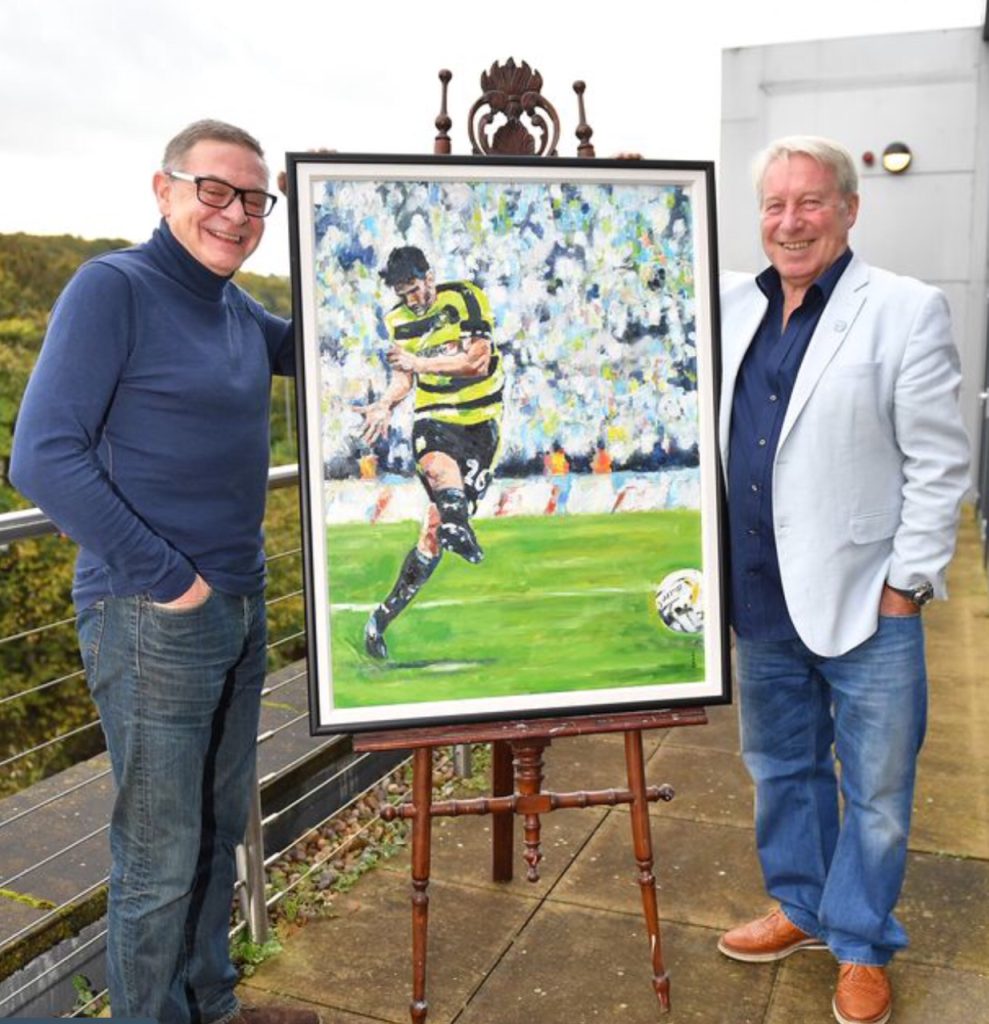
Richard has also developed a unique way to authenticate his work. He tears a dollar bill in half and tapes one half to the work and then catalogues the other in a bulging lever arch file. In the future anyone wanting to authenticate the work will be able to match up the serial numbers on the note.
As for the future Richard has just completed his biggest work, a 3.3 metre by 2.7 metre painting of polo match commissioned by a client for their villa in Portugal. In October Richard will have a solo exhibition in Portugal and he’s creating work for that now.
Richard also gives back by supporting charities and he’s teamed up with acclaimed concert pianist Helen Farrar for a recital where Helen plays while Richard captures the moment. The finished painting is then gifted to the Prince’s Trust to be auctioned online.
Back in 2017 Richard was commissioned by Huddersfield entrepreneur and philanthropist Prof Graham Leslie to paint the moment Christopher Schindler scored the penalty which saw Huddersfield Town promoted to the Premier League.
Signed limited edition prints were produced and sold to raise money for the Huddersfield Town Foundation, the Leslie Sporting Foundation and the Forget Me Not Children’s Hospice.

Despite his success Richard remains humble. “I am flattered by it all but I just take it in my stride,” he said. “My mates down the local pub call me Rembrandt and take the mickey.
“Professionally for me it’s a never-ending race. Is that next painting going to be my best one? As a person I am a private chap but as a painter my whole soul is just out there.”


